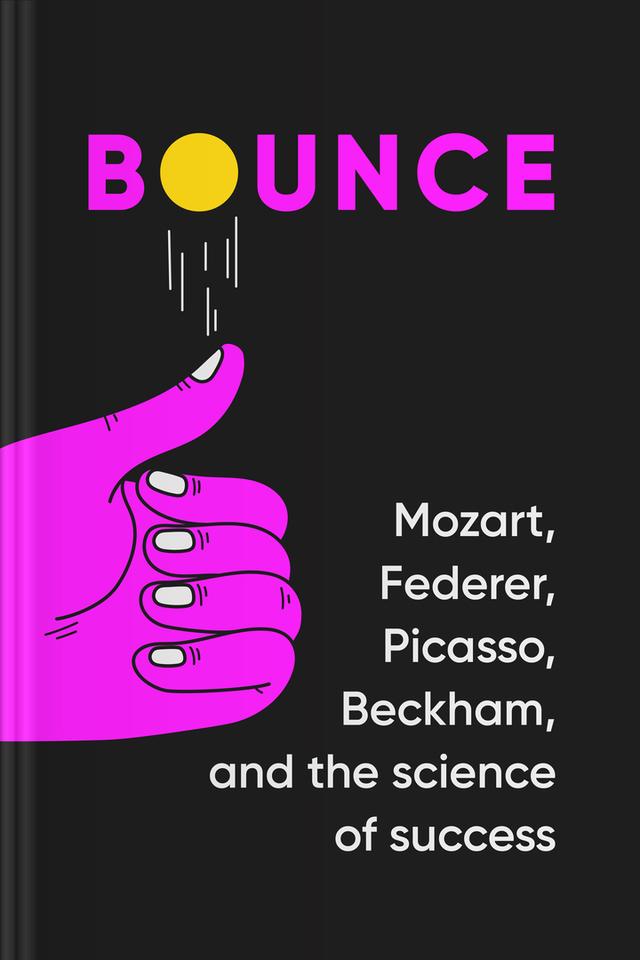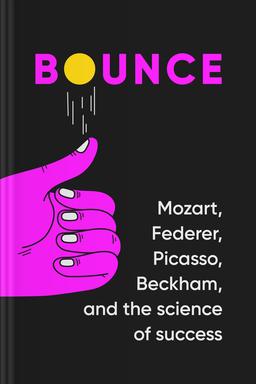You’ll learn
- Fixed versus Growth mindset impacts
- The role of upbringing in talent
- About attaining mastery through purposeful practice
- How to turn failures into stepping stones
russia has launched a full-scale war in Ukraine. Donate to support Ukraine and protect the world’s peace.

first KEY POINT
If you believe success depends on innate ability or talent, you may want to give up when early achievements are hard to come by. However, talent is not a gift you receive at birth or taught in a classroom. It is a systematic effort to which you must devote all your time.The purposeful growth technique that helps people achieve success is about expanding your mind and body, pushing yourself beyond the outer limits of capacities, engaging deeply in the required task, and adapting to change when needed. In simpler terms, talent comes from practice.
You might have wondered how to build talent and sustain it. Be assured that this summary answers all your questions. Matthew Syed has highlighted and discussed the significance and pitfalls of mastery, offering insights into building yourself through persistent hard work and commitment.So, let's dig deeper to understand talent and mastery and how to develop it!
second KEY POINT
When learning, people adopt either a Fixed or a Growth mindset. The first approach means relying on inherent qualities, such as talent or intelligence, as they believe that it will create instant success for them, which is un true. Rather than investing time in honing these traits, individuals with a Fixed mindset often focus on keeping records of them, neglecting the necessary effort to develop and thrive.Conversely, the Growth mindset is a different perspective that supports the belief that you must develop your ability through hard work and commitment to be prosperous.It would help if you recognized the importance of consistent effort and dedication to succeed. The Growth Mindset reminds you that talent alone will only bring lasting fulfillment if you consistently work hard.

Continue reading with Headway app
Continue readingfirst KEY POINT
second KEY POINT
third KEY POINT
fourth KEY POINT
fifth KEY POINT